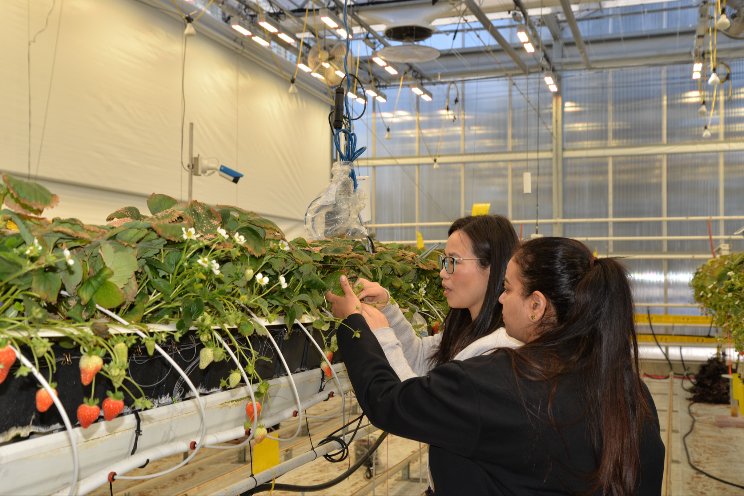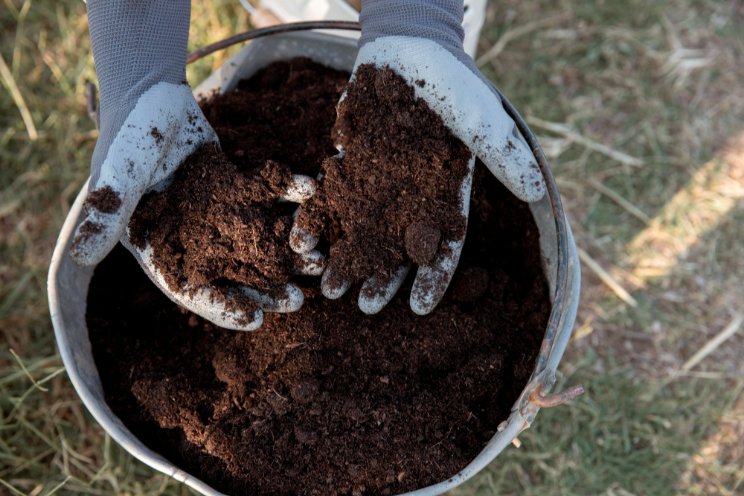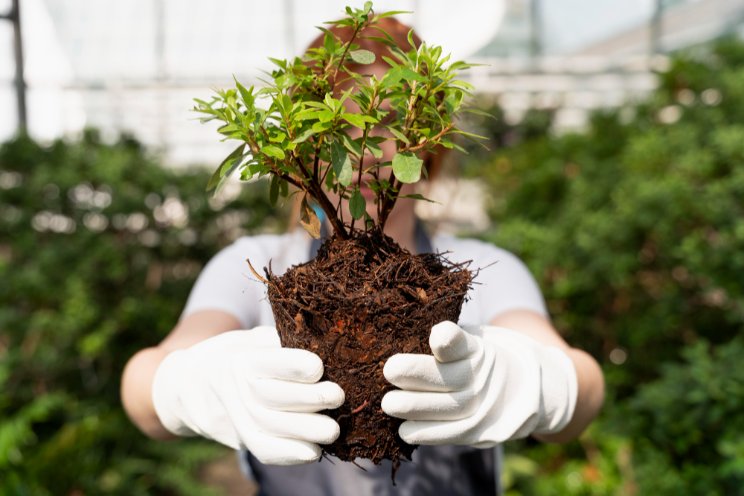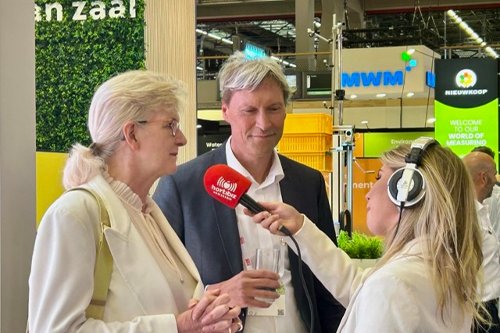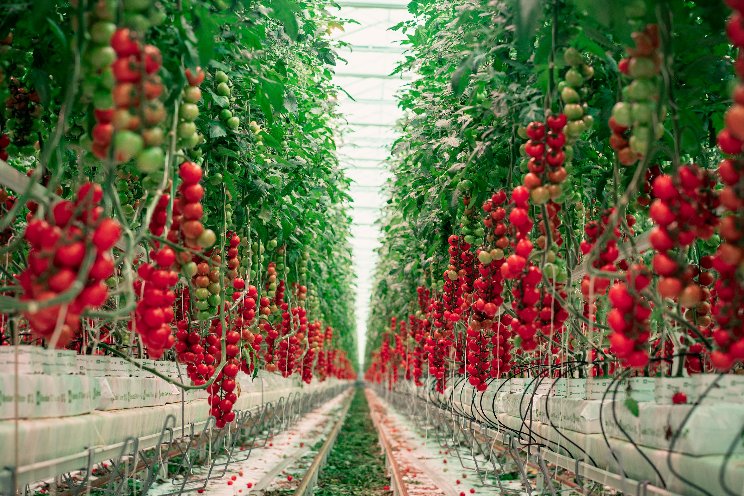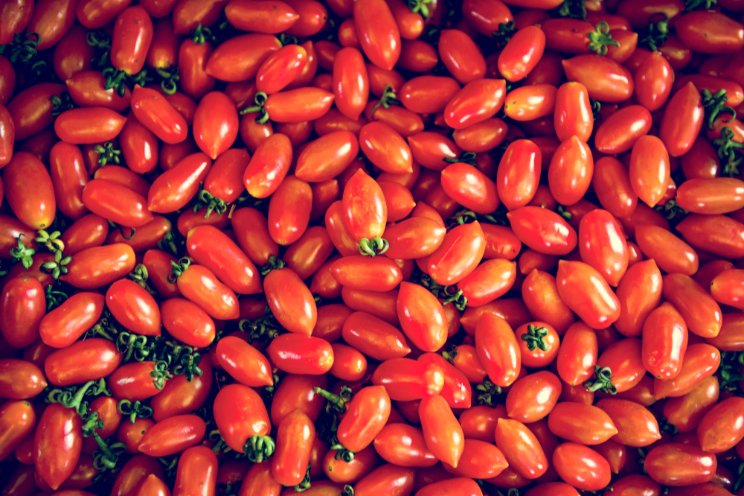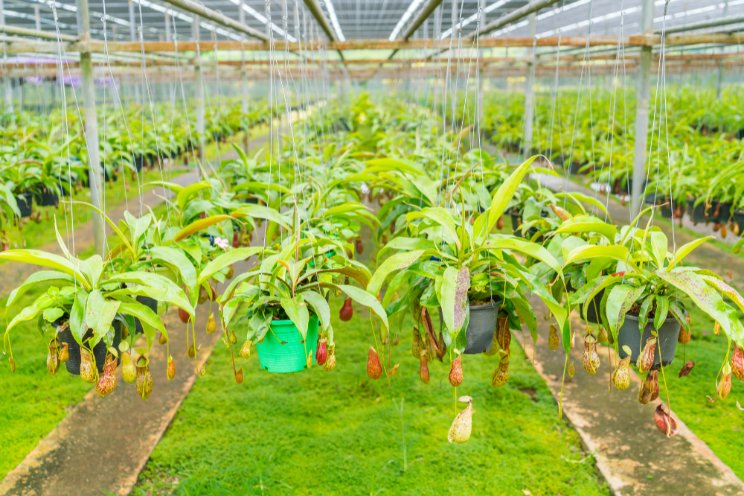Greenhouse heating alternatives
Added on 13 March 2020
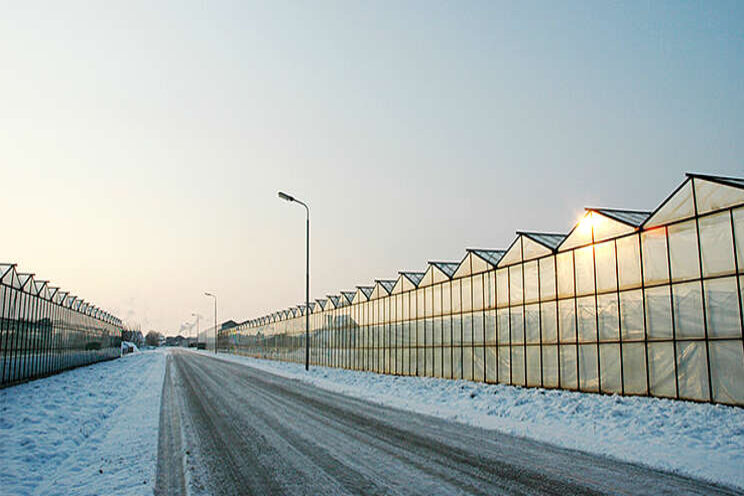
Radiant Floor Heating
An effective heating alternative is using radiant floor heating. Whether you install the heating system under the floor or use water piping flush against the greenhouse wall, this heating choice allows you to use recycled fuel, like wood sawdust. Typically, boilers provide the heat from burning combustibles, from wood chips to coal. Radiant heating uses the basic scientific principle that heat rises; the warmed air moving up from the floor warms the plants above. Heat that enters the greenhouse from the roof area is often wasted because a layer of warm air typically stays hovering above the plants rather than dissipating throughout the entire greenhouse.
Solar and Wind
Savvy gardeners find that clean energy is just as effective at heating the greenhouse as old-fashioned natural gas or propane. Solar panels installed near the greenhouse collect sunlight to create electrical energy; the harnessed power runs electrical heaters within the greenhouse. Wind turbines are another clean-energy alternative that generates electrical energy without requiring a connection to the local community's electrical grid. One major consideration with these heating alternatives is property space. Both solar panels and wind turbines need a considerably large area for installation and basic maintenance.
Biofuels
Dependency on expensive fossil fuels has prompted many gardeners to look for heating alternatives in the form of biofuels. Specialized heaters burn alternative fuels, like vegetable oil, to provide the needed heat for the space. Other fuels, from methane to compost, are burned as well, depending on the region and proximity to local supplies. In fact, compost piles simply placed within the greenhouse -- in barrels, for example -- generate a small amount of heat to complement any other heating choice; the decomposition process generates temperatures well above 100 degrees Fahrenheit deep within the pile that dissipates into the greenhouse environment.
Greenhouse Alteration
Another heating alternative involves improving your greenhouse structure. Most greenhouses are built with a single plastic covering; adding another layer of plastic directly affects your greenhouse's heat-retention abilities. In fact, allowing a small air space between the plastic layers increases the insulation factor so that any solar heat entering the greenhouse remains trapped for a greater amount of time. As a result, you do not need to heat the greenhouse as often since the sun's energy is not being lost directly to the outside environment, as is the case with a single plastic layer.
Source: Homeguides
Photo Courtesy of Munters
Source: Goedemorgen
More news

